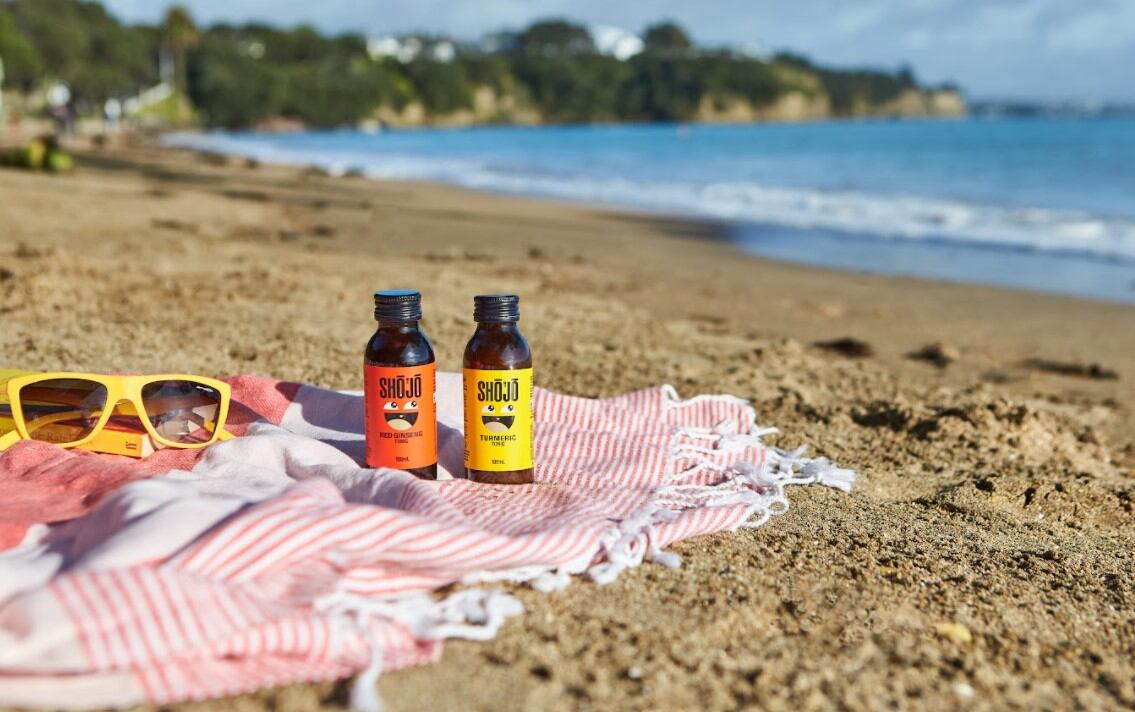The Therapeutic Goods Administration (TGA) announced that the new code, known as the Therapeutic Goods Advertising Code 2021, will come into effect on January 1, 2022.
Several changes have been made under the new code which was finalised after 18 months of public consultation.
For instance, all complementary medicines advertisements will need to include the statement “Always read the label and follow the directions for use”.
The phrase “if symptoms persist” - which was a mandatory phrase in all complementary medicines’ advertisements in the existing code - has been removed.
This is because seeking health professional advice if symptoms persist is a post purchase behaviour and not a part of the purchasing decision, according to the TGA.
On the other hand, if a product cannot be physically inspected by the consumers before purchase, the product advertisement and product label should prominently display health warnings that are related to the product.
Health warnings refer to contra-indications, precautions or restrictions in relation to a complementary medicine or an ingredient contained in the medicine. They are reasonably necessary to aid the consumers' decision in purchasing the medicine.
These warnings could be listed out or a link to the warnings could be provided in the product advertisement or label.
Advertisers have until June 30, 2022 to transit to the new code.
In response to queries from NutraIngredients-Asia, industry association Complementary Medicines Australia (CMA) has reacted positively to the new code.
“CMA welcomes the new Advertising Code, it is a step forward in easy-to-understand legislation, written in plain English.
“CMA had asked for the myriad of mandatory warnings to be simplified – and we are pleased that this has now adopted, providing clarity for consumers and industry,” said Carl Gibson, CEO of CMA.
“Coming soon will be the Explanatory documents which accompany the new Advertising Code, and we are hopeful that the clarification we are seeking for S.9 (3) (a) and other items will be in the Guidelines which should be published at the end of January,” he said.
Section 9 (3)(a) of the code governs the safe and proper use of therapeutic goods.
It says that “an advertisement about therapeutic goods must not contain any statement, pictorial representation or design that, expressly or by implication: is inconsistent with the label, directions for use, consumer medicine information, instructions for use, or patient information leaflet of the goods.”
On product testimonials
The new code also clarified rules surrounding product testimonials and endorsements.
For instance, paid or incentivised testimonials cannot be included in advertisements, including from anyone engaged in the production, marketing or supply of the goods.
Influencers and direct sellers are considered persons engaged in the marketing or supply of therapeutic goods, and hence, product testimonials could not come from them.
“Clarification has also been made that the prohibition on endorsements from health professionals extends to former health professionals,” the TGA said.
On samples
Under the new code, therapeutic goods such as oral rehydration products and nicotine replacement therapies administered by oromucosal could be offered as samples.
However, other than the products that are listed in annexure 2 of the new code, other therapeutic goods advertisements “must not contain or consist of a sample or an offer of a sample.”
On safe and proper use
The TGA also highlighted that rules regarding ‘safe and proper use’ of therapeutic goods have been expanded in the new code.
This is to prohibit an advertisement from causing undue alarm, fear, or distress.
This can be seen from section 9(3)(c) and 9(3)(d) of the new code.
Section 9(3)(c) says that “an advertisement about therapeutic goods must not contain any statement, pictorial representation or design that, expressly or by implication: delays or discourages, or is likely to delay or discourage, persons from undertaking treatment prescribed by a medical practitioner.”
Section 9(3)(d) says that “an advertisement about therapeutic goods must not contain any statement, pictorial representation or design that, expressly or by implication: exaggerates, or is likely to exaggerate, the efficacy or performance of the goods.”





